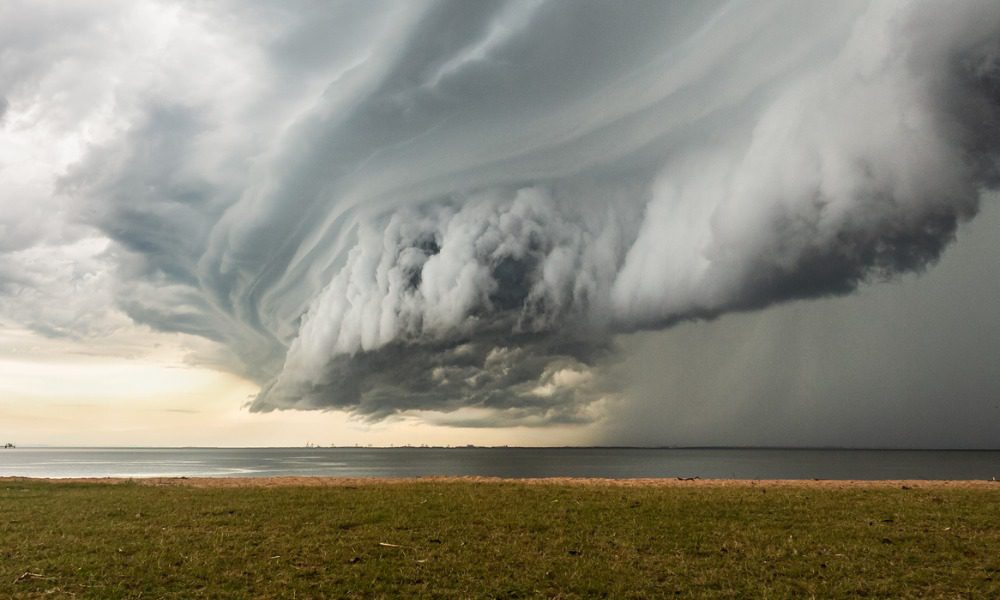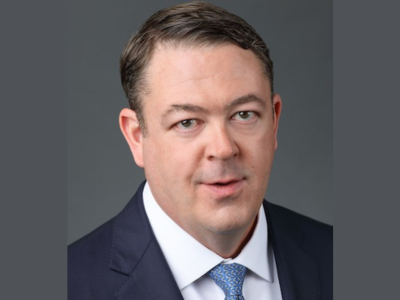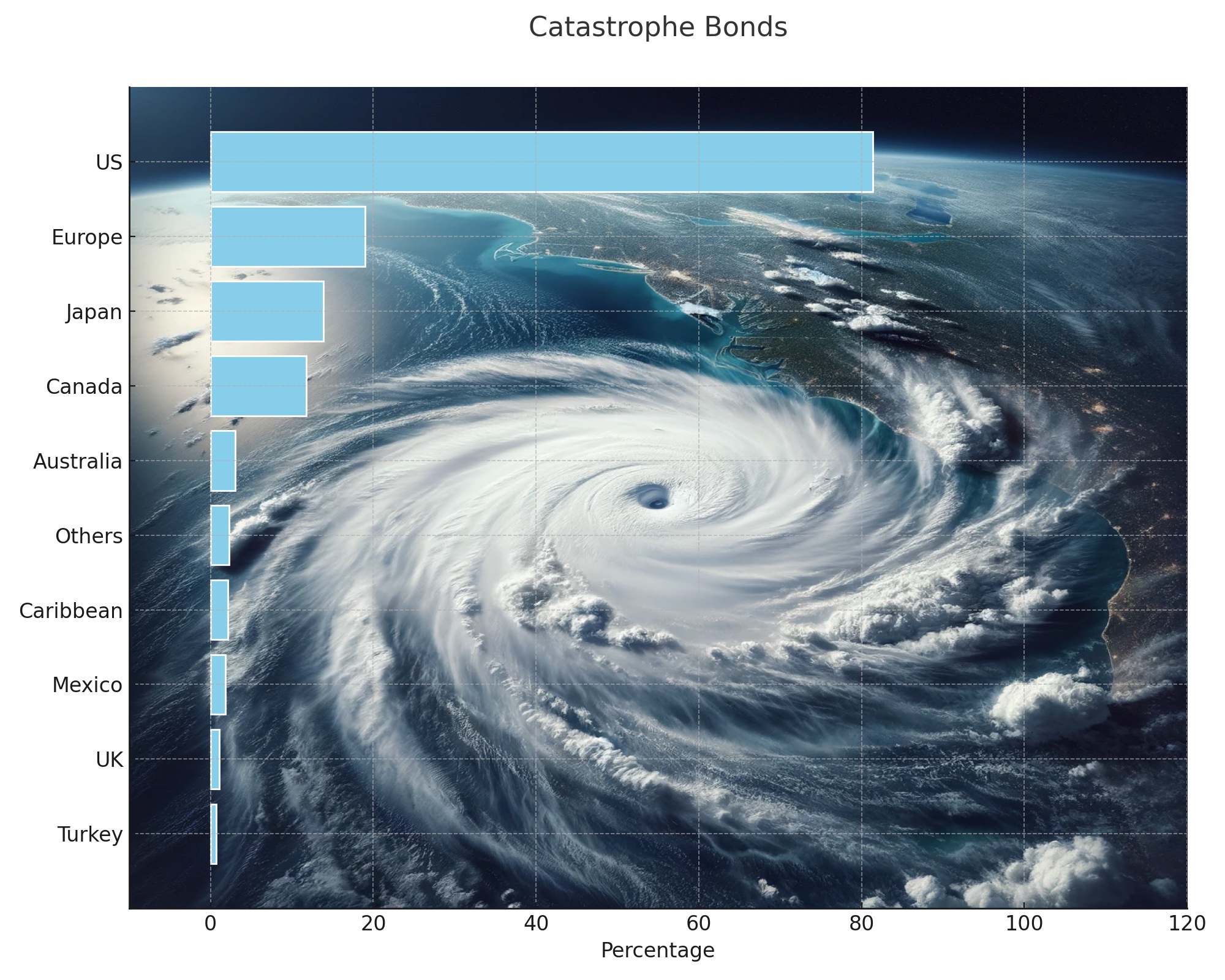Will hurricanes blow up cat bonds?

Will hurricanes blow up cat bonds? | Insurance Business America
Risk Management News
Will hurricanes blow up cat bonds?
ILS investors may be confident now, but there’s bad weather ahead…
Risk Management News
By
Mark Schoeff Jr.
Demand for catastrophe bonds and other insurance-linked securities is expected to grow again this year but the market could become riskier if an anticipated busier-than-normal hurricane season blows up in the Atlantic Ocean.
A recent report by Swiss Re said the ILS market grew 20% last year to $43.1 billion, up from $35.5 billion in 2022. The number of new issuances jumped 63% to a record $15.4 billion, and 13 new unique bond sponsors emerged. The Swiss Re Global Cat Bond Total Return Index achieved a 19.63% return last year, its highest since 2002.
The upward trajectory shows no sign of leveling off, said John DeCaro (pictured immediately below), founding partner of Elementum Advisors. He predicts the ILS market, which includes cat bonds, private placement reinsurance and other products, will grow to between $45 billion and $50 billion by the end of the year.

“There continues to be strong demand,” DeCaro said. “It is becoming a widely accepted tool that insurers and reinsurers use as part of their capital structure.”
Insurers issue cat bonds to transfer the risk of potential weather disasters from themselves to investors. If an event covered by a cat bond – such as a major hurricane hitting a populated area – materializes, the bond pays out to the issuers, the insurers. Investors can potentially lose their principal. In the absence of a catastrophe, investors enjoy an average 12% return on the high-yielding bonds.

The number of cat bond sponsors has grown from 44 in 2016 to 94 last year, DeCaro said. There are about 250 unique cat bonds outstanding.
“The market itself is fairly broad,” DeCaro said. “There’s this expectation the [insurance] market will harden after an event and that higher expected returns will attract more investors into the [ILS] market.”
Capital scarcity spurs ILS demand
A number of factors are contributing to the demand for reinsurance, which is catalyzing the ILS market, said Lorenzo Volpi, deputy CEO and managing partner at Leadenhall Capital Partners. They include inflation, population growth in hazardous areas, falling asset valuations that hurt insurers’ balance sheets, the growing number of lines that that insurers underwrite and the increasing number of catastrophic events.
“These dynamics affecting the wider reinsurance market have led to a scarcity of capital and pushed some re/insurers to look to alternative sources of capital for their reinsurance protection to work alongside increased private placement orders, including new cat bond sponsors as well as new perils coming to market,” Volpi said.
Investing in ILS is becoming so popular that the Securities Industry and Financial Markets Association, a leading Wall Street trade organization, is hosting an ILS conference next week where DeCaro and Volpi will speak.
One of the reasons the ILS market did so well in 2023 was because of the “absence of large catastrophic events,” the Swiss Re report states.
Hurricanes brewing in Atlantic?
This year, however, the weather may be less tranquil. Forecasters are expecting above-average hurricane activity in the Atlantic, said Phil Klotzbach (pictured immediately below), a senior research scientist in the Department of Atmospheric Science at Colorado State University.

In a normal hurricane season – June through November – there are about seven storms. But eight or more could form this year because of the presence of cold water in the tropical Pacific Ocean known as La Niña.
“The confidence that we’re going to see a busy season is quite higher than normal for this time of year,” said Klotzbach, who also is speaking at the SIFMA conference. “The odds of an impactful hurricane are [elevated] given the environment this year. It’s loading the dice…but we don’t know exactly where the storms are going to go.”
Klotzbach won’t release his first forecast until April. It’s too soon to tell whether hurricanes will form and, if they do, whether they’ll plow into places like Tampa or Miami.
The early warnings don’t particularly worry Daniel Ineichen (pictured immediately below), head of ILS fund management, at Schroders. He constructs investment funds with an array of holdings that are designed to roll with weather punches.

“It’s not that we take large bets on whether we have La Niña or El Niño,” Ineichen said. “We try to build portfolios that are robust and pay good risk-adjusted returns. Just to have a La Niña doesn’t mean we have high insured losses.”
ILS portfolios absorb catastrophic events
Even when a substantial hurricane hits, such as when Ian made landfall in Florida in 2022, it doesn’t mean cat bond portfolios will collapse. The total default rate after Ian amounted to only about 50 basis points, Ineichen said.
Current cat bond price levels and yields make it possible for ILS portfolios to absorb significant drawdowns, creating a safety margin for investors.
“Even if something should happen, it’s a good chance that we still break even or make a profit for the year,” Ineichen said.
The reality of the insurance market, where “$100 billion of insured losses seems to be the new normal” and insurers are feeling profitability pressure, will keep ILS demand high, Volpi said.
“More insurance companies are trying to find [an] alternative source of capital to buy reinsurance, and the use of catastrophe bonds has been a great tool,” Volpi said.
Related Stories
Keep up with the latest news and events
Join our mailing list, it’s free!






